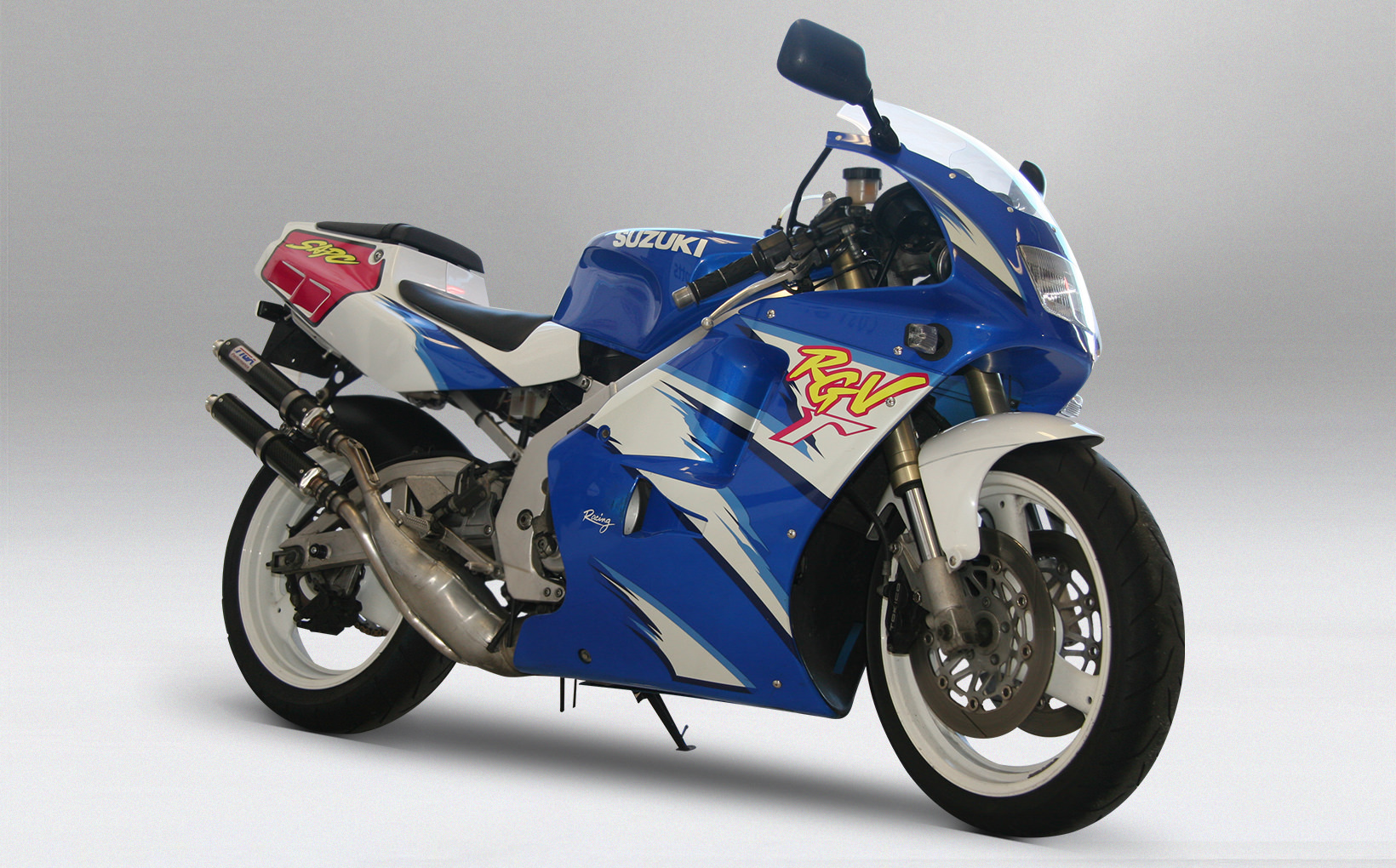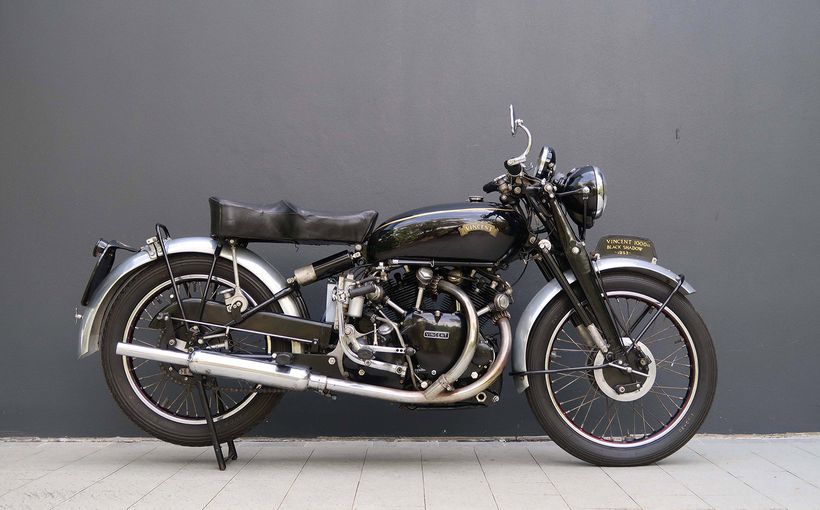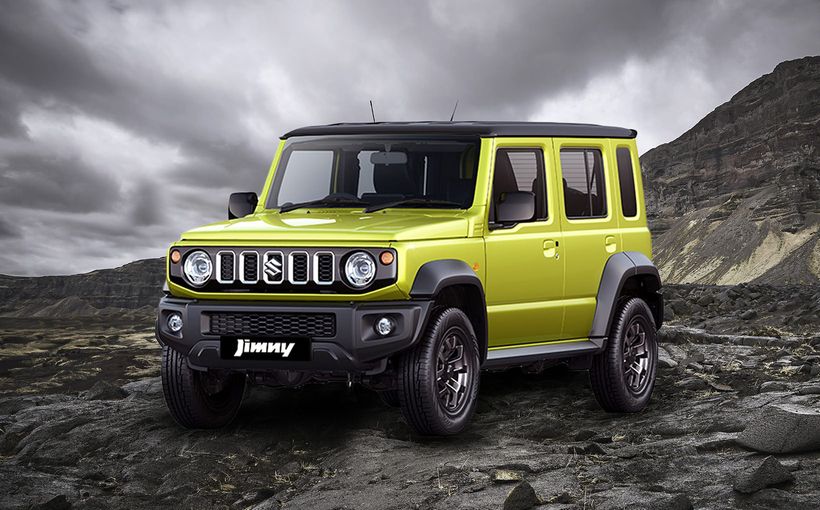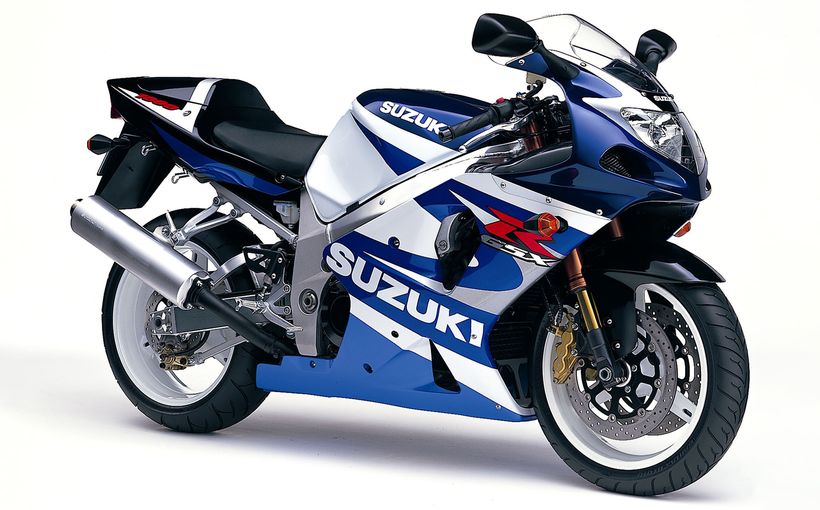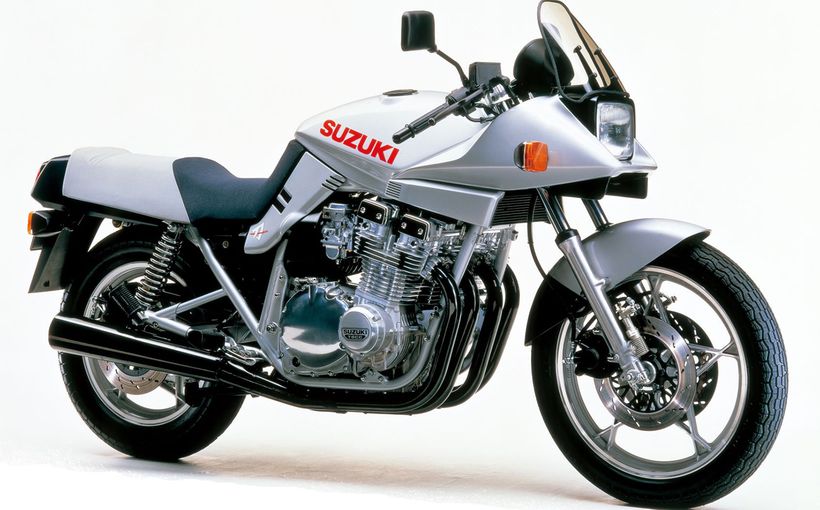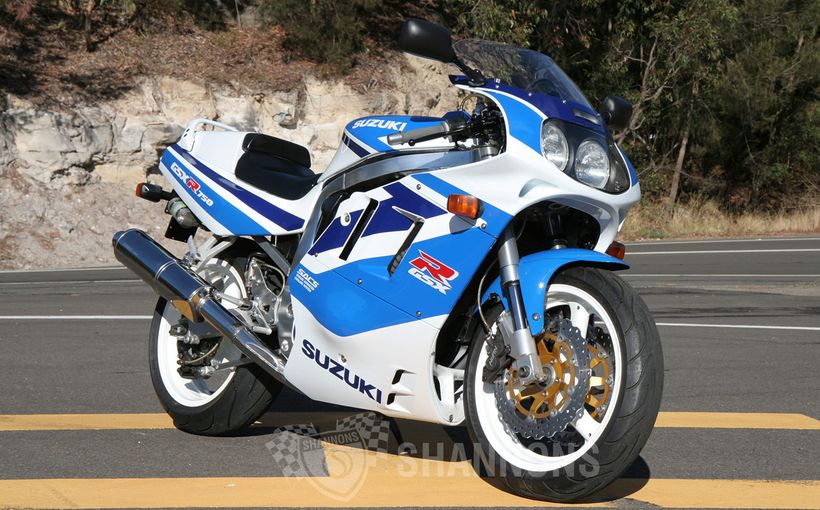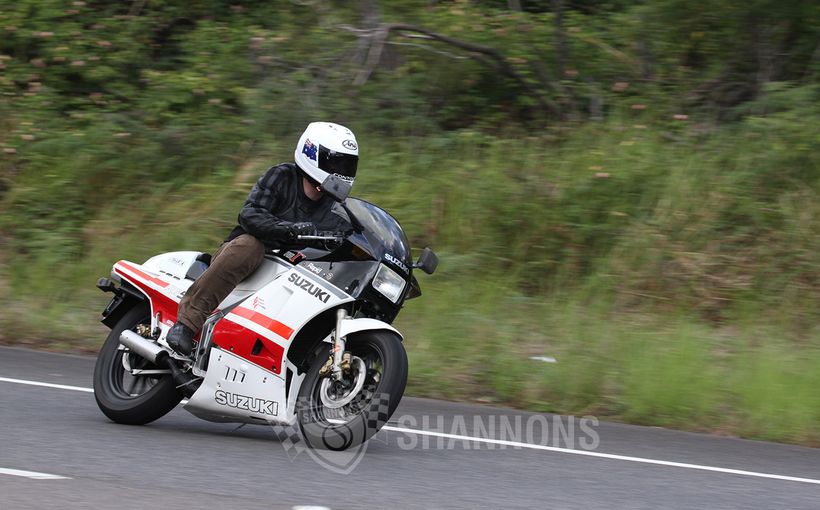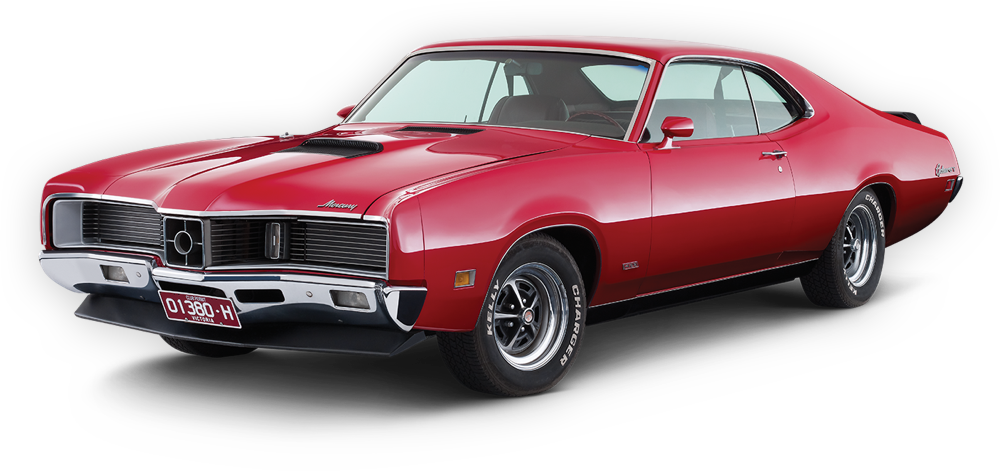
WORDS: Jeff Ware PHOTOGRAPHY: Alexandra Cooper
In my motorcycling life, no bike has had an impact on me more than the Suzuki RGV250. As soon as I got my Ls and my first road bike, a $1500 near wreck 1985 RZ250FN, I dreamed about an RGV. It was 1992 and I was at school. The RGV was a year old and all I could think about, other than girls, was a blue and white M model. I went to my local Suzuki dealer a few times a week after school and just looked at that stunning bike. At the time, it felt like I could never own one. But I kept the dream alive…

Fast forward to January 1995. I’m a third year apprentice mechanic at Parry’s Motorcycles and I’ve finally got a credit rating. I’m 19 and I get a personal loan approved for five grand. You ripper!

A few days scouring the local classifieds and I find a blue and white M model for $4500 just up the road. I’ll never, ever forget that ride home. My sister dropped me up there and I followed her home. The adrenaline and buzz was amazing – I just could not believe I was on my very own RGV250M. I remember that night, I put the bike in my shed and stripped it all back and cleaned it all up with WD40 and a rag. It looked so good. I still smile when I think back…

I rode the bike for a month that summer on the streets, up the local twisties racing anyone I could find on the Old Road. Then I started converting it into a race bike. I blueprinted the engine myself and put so much heart and soul into it. Once jetted, it made 62RWHP. Amazing.

I painted it yellow with pink highlights – ala Ralph Waldman’s Honda 250 GP bike at the time. And I started racing. That bike took me to B grade and a 1996 RGV took me to A grade. My love affair with RGVs grew from there.

They were a great bike. A longish wheelbase by today’s standards of 1385mm, a real lightweight at 139kg and near on 60hp made them genuine 230km/h machines that were thrilling to ride. Despite the powervalve system spreading the powercurve a little, the RGV was a peaky sucker and not the easiest two-stroke to keep on the boil.
Progress was often jerky as the rpm variation between some gears was wider than ideal and it was not always easy to keep it in the sweet spot without a heap of clutch slip! They were mechanically noisy little buggers too and sounded terrible at idle. But once on the pipe, man, you got one hell of a ride!

The shock was very basic by today’s standards but could be improved. The forks worked well with progressive springs fitted and a reduced air gap. And the bike loved gearing lowered by a tooth on the front. A set of sticky GPR50s and life was fantastic!
The days of 250s absolutely flogging big bore four strokes through the local mountains may be over but the memories remain.
If you can get an RGV250 – do it!

WHAT TO LOOK FOR
80 per cent of RGVs sold in Australia were used for 250 Production Racing, huge between 1989 and 1999 before the Aprilia RS250 arrived, making the RGV250 the less popular racer.
It was in 1999 and 2000 that the used bike market was absolutely flooded with RGV250s and they were absolute bargains back then as there were so many.

Just because a bike has been raced does not mean it is a lemon. In fact, the majority of race bikes were much better maintained than the road only bikes. When purchasing an RGV250 look for original fairings and markings, as Chinese replica plastics are easily and cheaply available now. Check wheel alignment as many suffered huge crashes. The swingarms were prone to bending after a big hit. Check fork seals and fork bushes. The fuel tanks can rust near the tap. And make sure the powervalves are operating correctly. It is common for the servo pulleys to flog out on the powervalve actuation shafts. When the servo goes through its cleaning and positioning cycle when you first start the bike, watch the pulleys with a torch (this requires fairing removal) to make sure they are working OK. If not, it may also indicate a stuck powervalve. They were very prone to snapping off (shearing the centre locator pin, which was weak and made of rolled pressed steel) and dropping into the cylinders, smashing the pistons and ruining barrels. Nasty. They need constant maintenance and care.


Rear cylinders tend to overheat so pull the radiator cap off and make sure there are no signs of a leaky head. Also water pump shaft seals go, so make sure the gearbox oil is not contaminated with coolant and/or coolant is not contaminated with oil.
Front master-cylinders are prone to seizing up. Countershaft bearings can wear and collapse so check for play and noise. The clutch baskets, although heavy and over-engineered, were prone to excessive wear with deep grooves in the basket fingers. Clutch steel plates prone to warping, so if the clutch actuation is grabby, the clutch may be stuffed.


The cassette gearbox on the RGV was often installed in a misaligned fashion by mechanics using the wrong dowels. This caused excessive gear wear and a slight whine in all gears but louder in second gear. Excessive chrome hardening or metal in the gearbox oil is an indicator of this.

The 34mm Mikuni carb’s were great but often race bikes had jetting all over the place. Many riders removed the restrictor ball from the power jet feed house from the bowl to the body but the bike performed better with this restrictor on the road. Mismatched jetting to help maintain even cylinder temperature was common (the rear cylinder runs hotter than the front).

Some racers put restrictor washers in the front cylinder water hose to direct more water flow to the rear cylinder – it worked well.

BR9ECM were the better plug on the road and 8s often were too hot for the bike. There was a race kit that included a rear ride height spacer that was good for the track but made the bike too snappy on bumpy roads. Also, race bikes often have the oil pump adjustment very lean – which is a danger on the road, so ensure it is aligned to the correct marks via cable adjustment.

THE BAD
Flogged out ex-race bikes
Spares are extremely expensive
Tyre choice limited
THE GOOD
Seriously talented chassis that is hard to beat, even today
Fun factor
Collectability

Protect your motorbike. Call Shannons Insurance on 13 46 46 to get a quote today.

